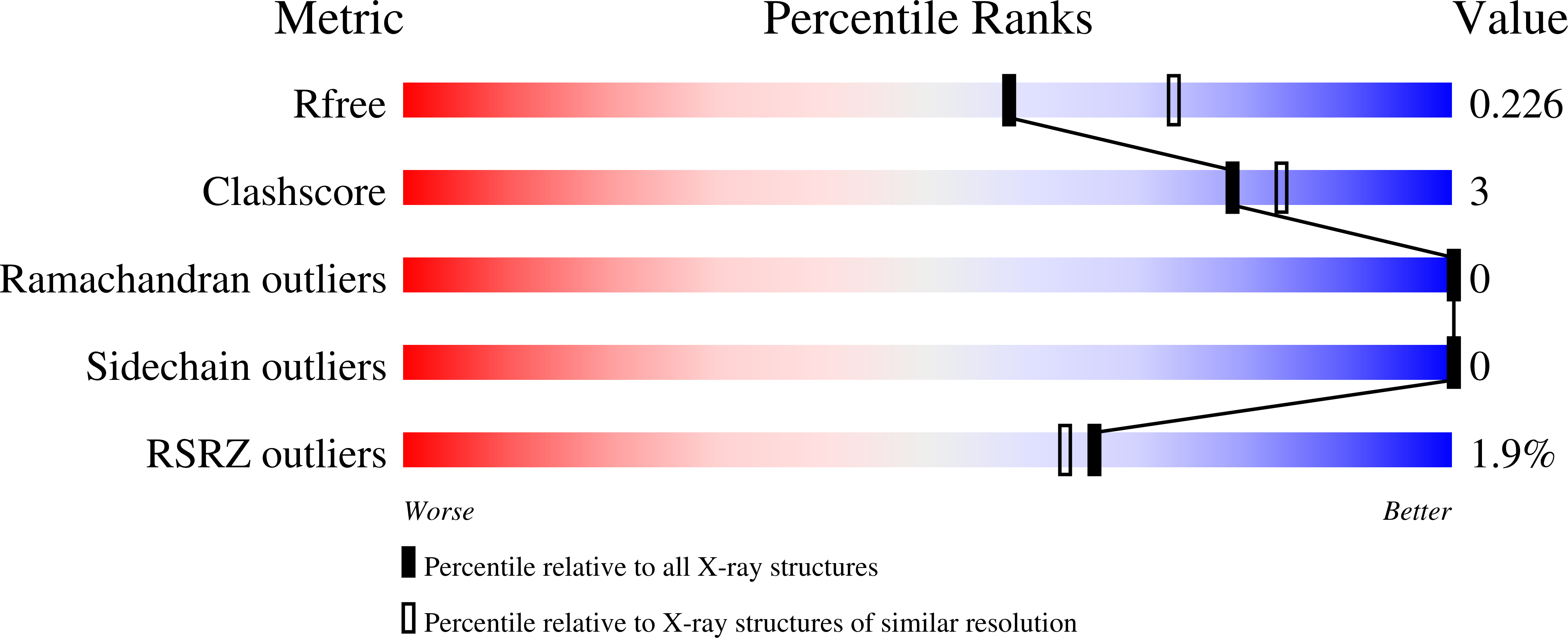
Deposition Date
2024-07-19
Release Date
2024-12-04
Last Version Date
2024-12-04
Entry Detail
Biological Source:
Source Organism:
Caenorhabditis elegans (Taxon ID: 6239)
Host Organism:
Method Details:
Experimental Method:
Resolution:
2.22 Å
R-Value Free:
0.22
R-Value Work:
0.17
R-Value Observed:
0.18
Space Group:
C 1 2 1


